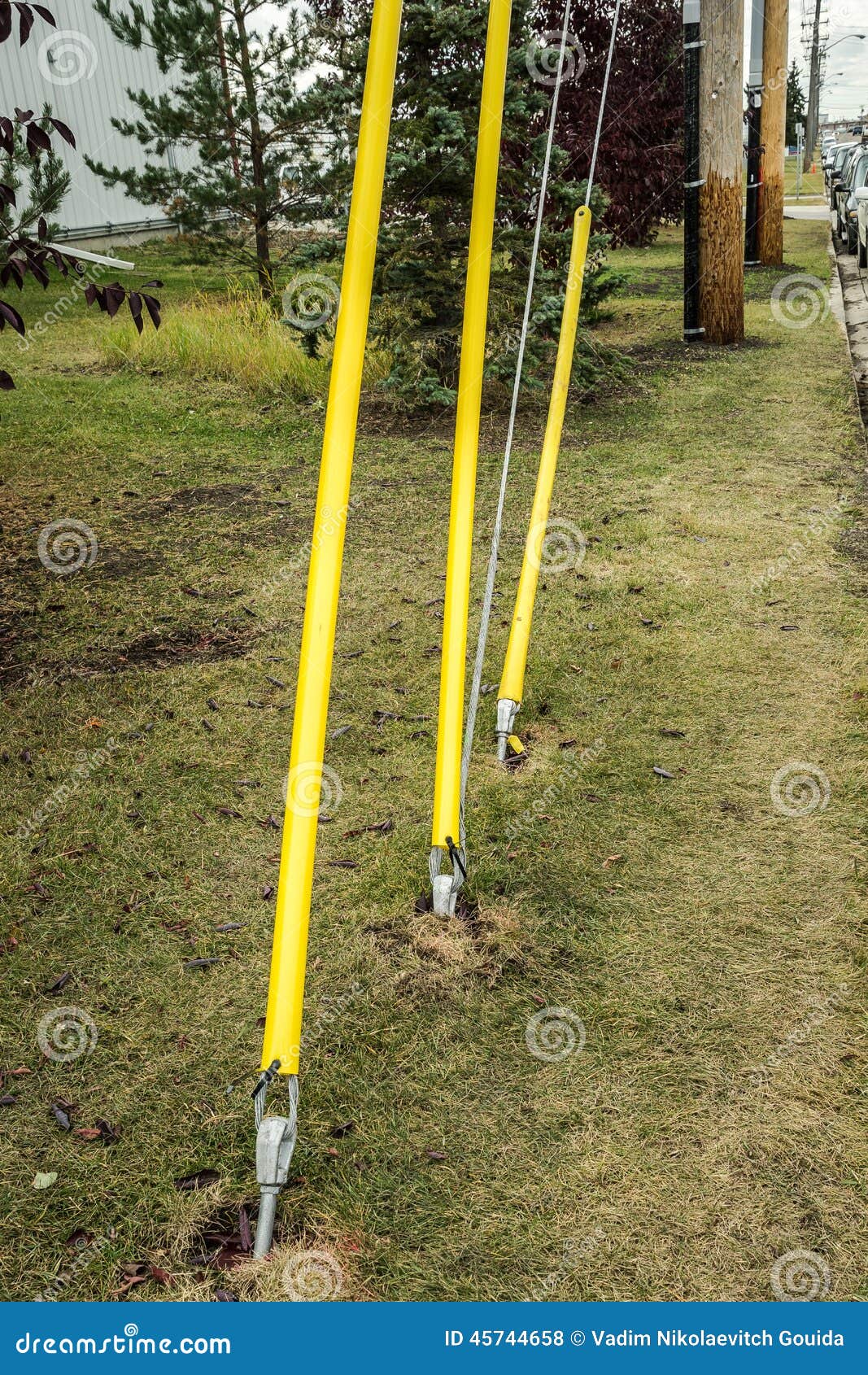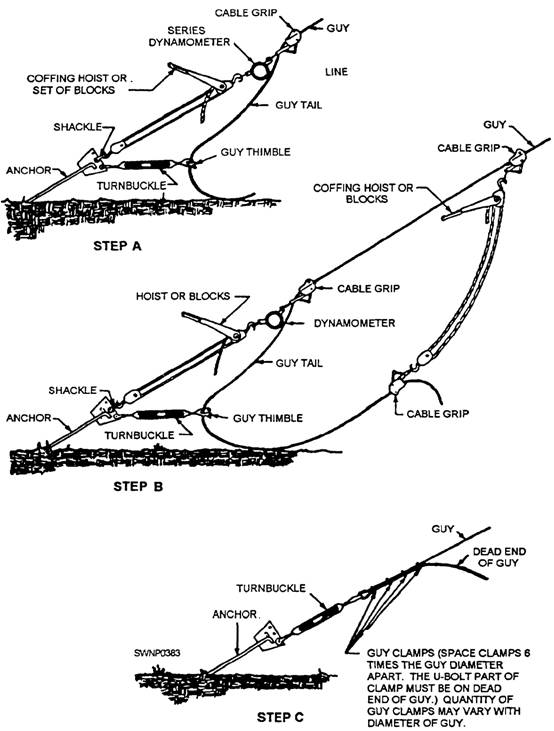
In fact an installation’s inherent resonance can contribute to its failure, this causes fatigue at its base where it is under most strain and where any installation will fail (if it ever fails). This was the biggest difference when we added stay wires to our install, it whipped about alarmingly in high winds before but with the wires on (even only supporting the mid point of the pole) it was far more stable. microwave transmitters and Starlink), it greatly reduces the movement in the antenna / dish. The next point to (re)make is the weight of an aerial is almost irrelevant, it’s the wind loading which will break the pole, assuming it’s windy enough, obviously…… That’s where guy wiring an installation really does increase its strength, and, even more important for some installs (e.g. Here are some real world installations and our pole strength test results. The first point to make in this article is are you sure you really need guy wires ? Two inch diameter poles, particularly the thicker 14 gauge/2.0mm type, really are quite strong and scaffold poles are even stronger. It should be borne in mind that this actually puts more strain on the wires and anchors due to the leverage effect of the unsupported length of pole above, but despite that (and the not recommended use of screw eyes as anchors ! ) it’s still there having been put up in 2001, having survived some vicious winds…. We reckoned (correctly as it turned out) that supporting it half way up the pole would be sufficient.
#HOW TO INSTALL POWER POLE GUY WIRE ANCHORS INSTALL#
We couldn’t be arsed to take the whole install down to get the hook collar at the top ! Note : standing on the chimney is not advisable….

Also, our install is actually “semi stayed”, this is because it was done in a bit of a rush (the wind was whipping the pole around like nobody’s business) which resulted in, to be frank, a bit of a bodge. Most cable stayed transmitters are not firmly fixed at the bottom, they’re mounted on a ball (tubular masts like Winter Hill for instance, are not). Actually, in one very important respect, they’re rather different.

For guying a tall ground-mounted mast, use heavy-duty ground stakes.Guy / stay wire supported masts, small and large, but the same principle ! See ATV's aerial array and Ridge Hill transmitter (in the adjoining picture). A good quality screw eye should be used, and it should be at least 5” long and 5/16” in diameter. A single screw eye may not be anchored solidly enough to hold two or more guy wires. If the installation requires more than one set of guy wires, use separate screw eyes for each wire. Do not make the wires too tight, because the installation must give a little against wind force. The final tightening of the guy wires is accomplished by rotating the turnbuckles with a screwdriver. Wrap each wire around itself at least six times. Be sure the mast remains vertical during this procedure. Run the screw eye ends of the wires through the eyes and pull the wires equally taut. After the guy wires are installed, cover each screw eye with roofing tar.Īttach fully-extended turnbuckles to guy wires about a foot from each screw eye (Figure 3). Be sure each screw eye is firmly anchored in solid wood at least five feet from the base of the mast. If four guy wires are used, they should be anchored in screw eyes 90° apart. Ideally, the guy wires should extend out from the mast at a 45° angle, and should be anchored in screw eyes placed 120° apart (Figure 2).

The wire then is wrapped around itself at least six times (Figure 1). The mast ends of the guy wires are run through holes in the guy ring. The ring and clamp are fitted to the mast before the antenna is attached. The guy wires are attached to the upper half of each mast section with a guy ring and clamp. This will give the extra strength required for most installations. Telescoping masts generally require 4 guy wires for each 10 foot section. Standard antenna masts (10 feet in height) require only one set of three guy wires. Six-strand 18 or 20 gauge galvanized steel guy wire is recommended for general use(The 18 gauge wire is recommended for high-wind areas and installations over 20 ft. The materials needed for a standard guy wire installation are: guy wires, guy ring(s), screw eye, and turnbuckles. However, only the best quality materials and careful installation will provide sturdy, safe, long-lasting support. The correct installation procedure is relatively simple.

Consistent, safe support of antenna installations over 10 feet above the uppermost wall bracket or roof mount depend on how well the guy wires are installed.


 0 kommentar(er)
0 kommentar(er)
